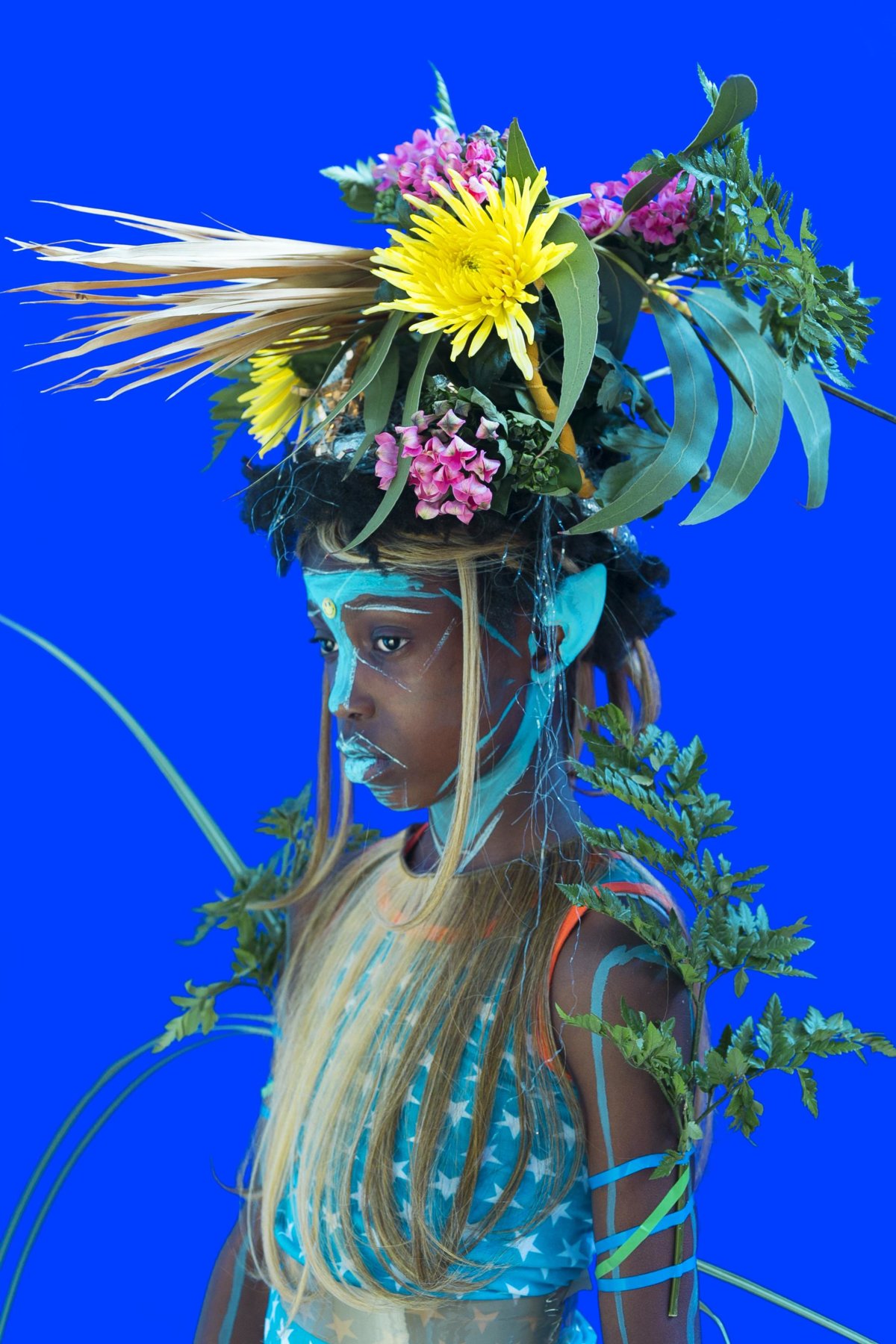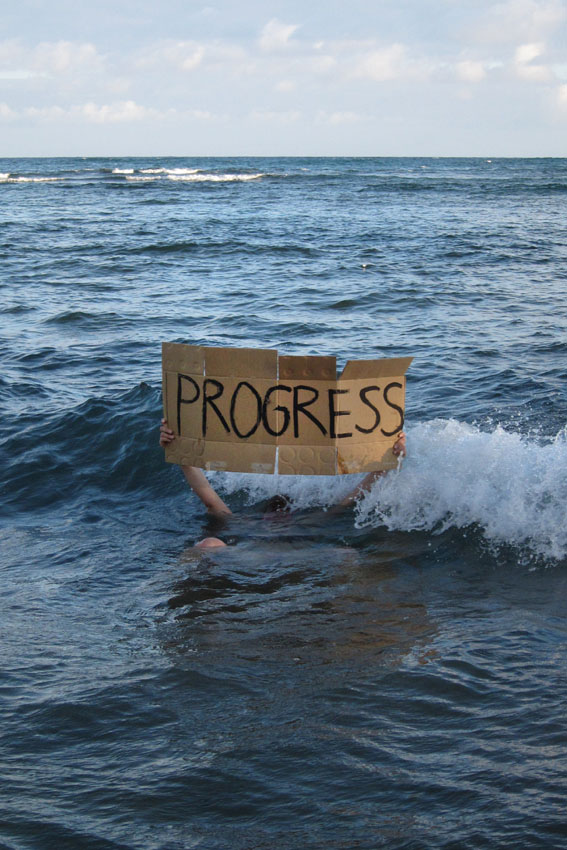
ROSIE DANFORD PHILLIPS
Autumn Winter 2019
Rose Danford-Phillips admits it: as the daughter of gardeners, she draws her inspiration from nature. And when she evokes her love for lace, she speaks about a “delicate sensation of petals” … With her skill at vegetation metaphors, she explains that she transformed a magnificent piece of Sophie Hallette lace into a “rampant vine” for her graduate collection at the Royal College of Art. Either by combining it with a fringed silk to reinforce the idea of an uncontrollable, wild nature or by hand-embroidering it onto plastic to create a sense of nature recreated in a laboratory. “Lace tells a story” she says and hers transports us into a poetic, feminine and modern tale.















